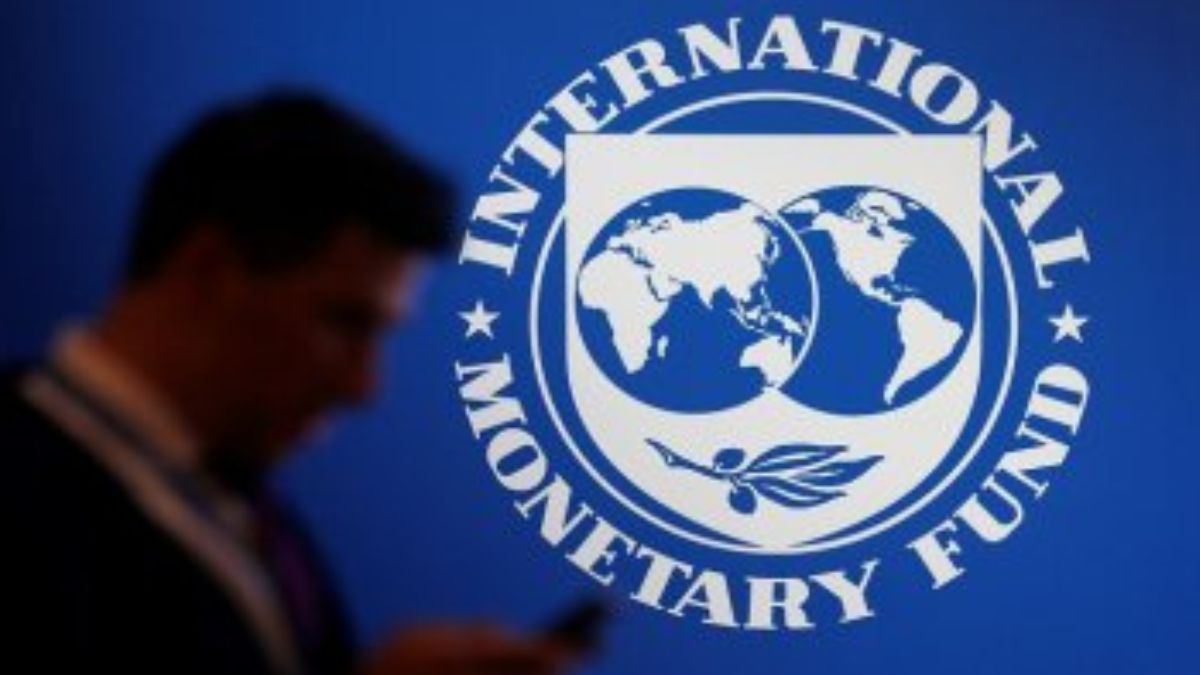In a major endorsement of India’s fintech revolution, the International Monetary Fund (IMF) has praised the Unified Payments Interface (UPI) as a transformative force in the country’s digital payments ecosystem. A new IMF paper highlights that cheap mobile data, widespread banking access, and a robust digital identity infrastructure, coupled with interoperability, have made UPI a global model for nations aiming to shift from cash to digital transactions.
Why in News?
On June 25, 2025, the IMF published a paper titled “Growing Retail Digital Payments: The Value of Interoperability”, authored by Alexander Copestake, Divya Kirti, and Maria Soledad Martinez Peria. The paper commended UPI’s impact in India and suggested that countries aiming for a digital payment revolution should adopt a similar approach, focusing not only on platforms but also on the supporting infrastructure.
Key Highlights from the IMF Paper
- Interoperability is central to UPI’s success: allows multiple apps and institutions to operate on the same platform.
- Freedom of choice for users: Consumers can use their preferred app for payments without restriction.
- Platform-agnostic design: Promotes competition and innovation among fintech players.
- Increased adoption: Ease of use and trust in a unified system led to mass adoption.
Background & Context
- UPI was launched in 2016 by NPCI (National Payments Corporation of India).
- Gained momentum post-2016 Demonetisation, which pushed users toward digital alternatives.
- By 2025, UPI had surpassed 13 billion transactions monthly.
Enablers of UPI’s Success
- Low-cost mobile internet (cheapest globally).
- Expansion of bank accounts under Jan Dhan Yojana.
- Aadhaar-enabled digital identity system streamlined authentication.
- Regulatory support from RBI and the Government of India.
- Collaborative ecosystem involving government, banks, fintech, and NPCI.
Global Significance
IMF suggests other countries must,
- Invest in digital ID systems.
- Ensure affordable internet access.
- Support banking access for the underserved.
- Create or regulate interoperable payment systems.
- The paper identifies India’s approach as replicable but not plug-and-play—contextual adaptations are necessary.



 RBI Cancels Certificate of Registration ...
RBI Cancels Certificate of Registration ...
 Federal Bank Unveils 'The Fortuna Wave':...
Federal Bank Unveils 'The Fortuna Wave':...
 IDFC FIRST Bank Launches ‘Zero-Forex Dia...
IDFC FIRST Bank Launches ‘Zero-Forex Dia...







